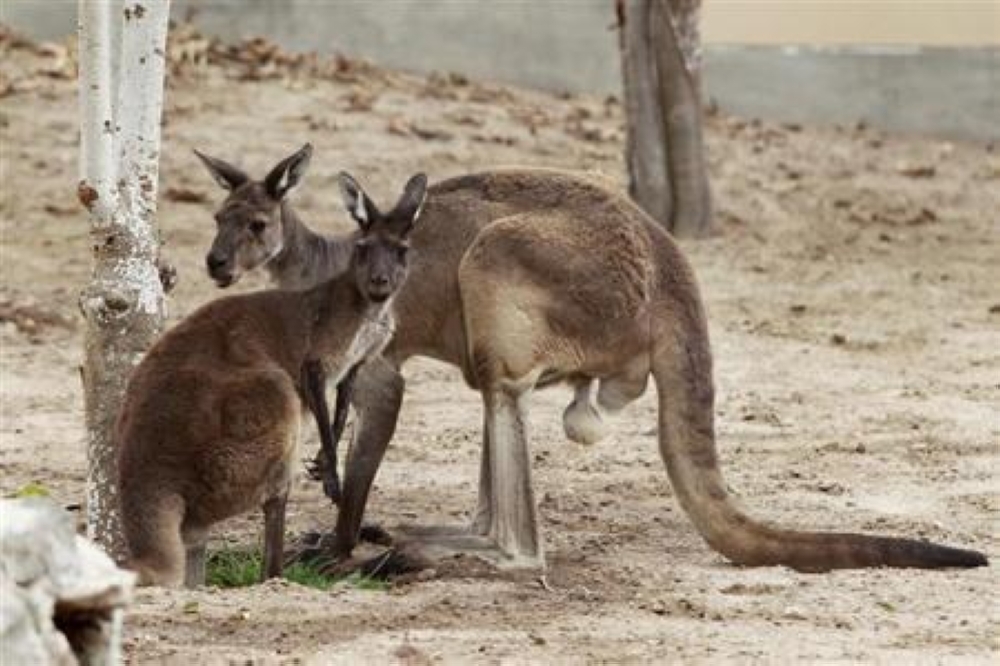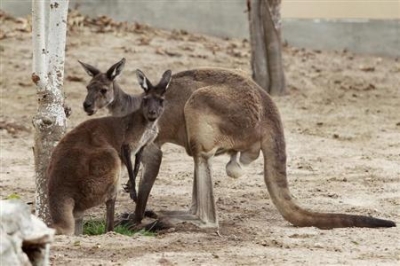A Fascinating Discovery in Australia's Rainforests
Scientists from Flinders University have been studying a small marsupial in the remote rainforests of Australia, and they might have uncovered a clue to the age-old question: why do kangaroos hop instead of walk?

Kangaroos and their relatives, the wallabies, are unique as they are the only large animals that hop upright on two legs. However, the reason behind this intriguing mode of locomotion has puzzled researchers for years.
The Musky Rat-Kangaroo: A Key to Understanding
The researchers believe that the musky rat-kangaroo, a small bush-dwelling marsupial, may hold the answer. Weighing about the same as a loaf of bread, the musky rat-kangaroo is a distant ancestor of larger kangaroo species.
According to researcher Amy Tschirn, the musky rat-kangaroo is the only member of the macropodoid family that does not hop. She states, “As the only living macropodoid that doesn’t hop, the musky rat-kangaroo provides a crucial insight into how and when the iconic hopping form of locomotion evolved in Australia.”
Tracking Evolutionary Movements
While tracking these creatures through the tropical rainforests of far-northern Queensland, scientists observed their unique movement pattern, known as “bounding.” This involves hopping with their back legs while keeping their front paws on the ground, suggesting a possible evolutionary midpoint between walking on all fours and hopping on two legs.
Harvard University biologist Peter Bishop, involved in the research, commented, “These results signal a potential pathway to how bipedal hopping evolved in kangaroos.”




Comments
Join Our Community
Sign up to share your thoughts, engage with others, and become part of our growing community.
No comments yet
Be the first to share your thoughts and start the conversation!